I was given a function (a mixture of beta distribution):
f(x) = beta(1,6)/3 + beta(3,6)/3 + beta(10,6)/3
My task is to plot the density of f(x).
Here is my code:
par(mfrow=c(1,1))
x <- seq(0,1,0.001)
plot(x,dbeta(x, shape1 = 1, shape2 = 6)/3 + dbeta(x, shape1 = 3, shape2 = 6)/3 + dbeta(x, shape1 = 10, shape2 = 6)/3,col="blue",lwd=2)
Just wondering if this is the right way to go about it? How can I use density function to do this? Thanks!
